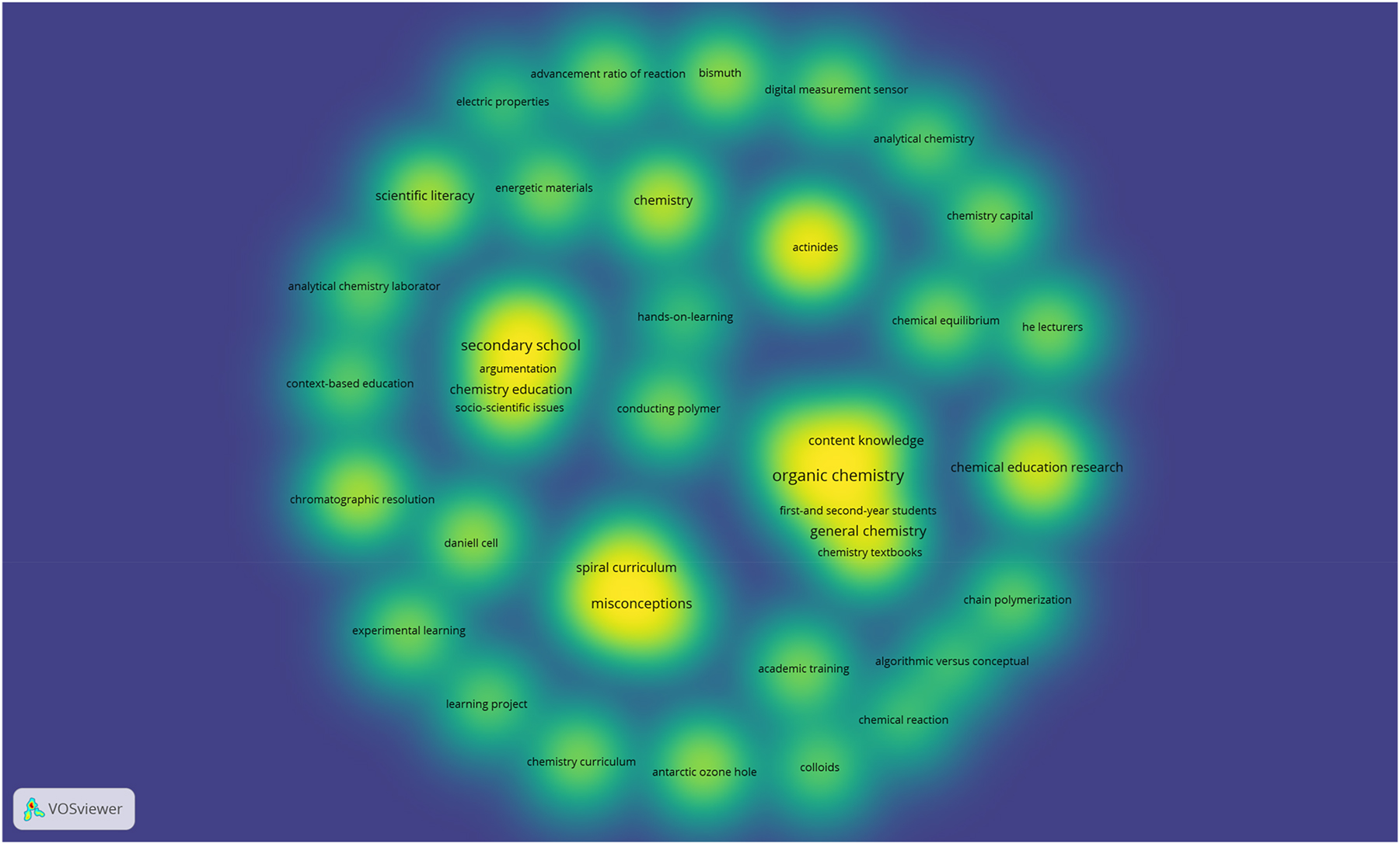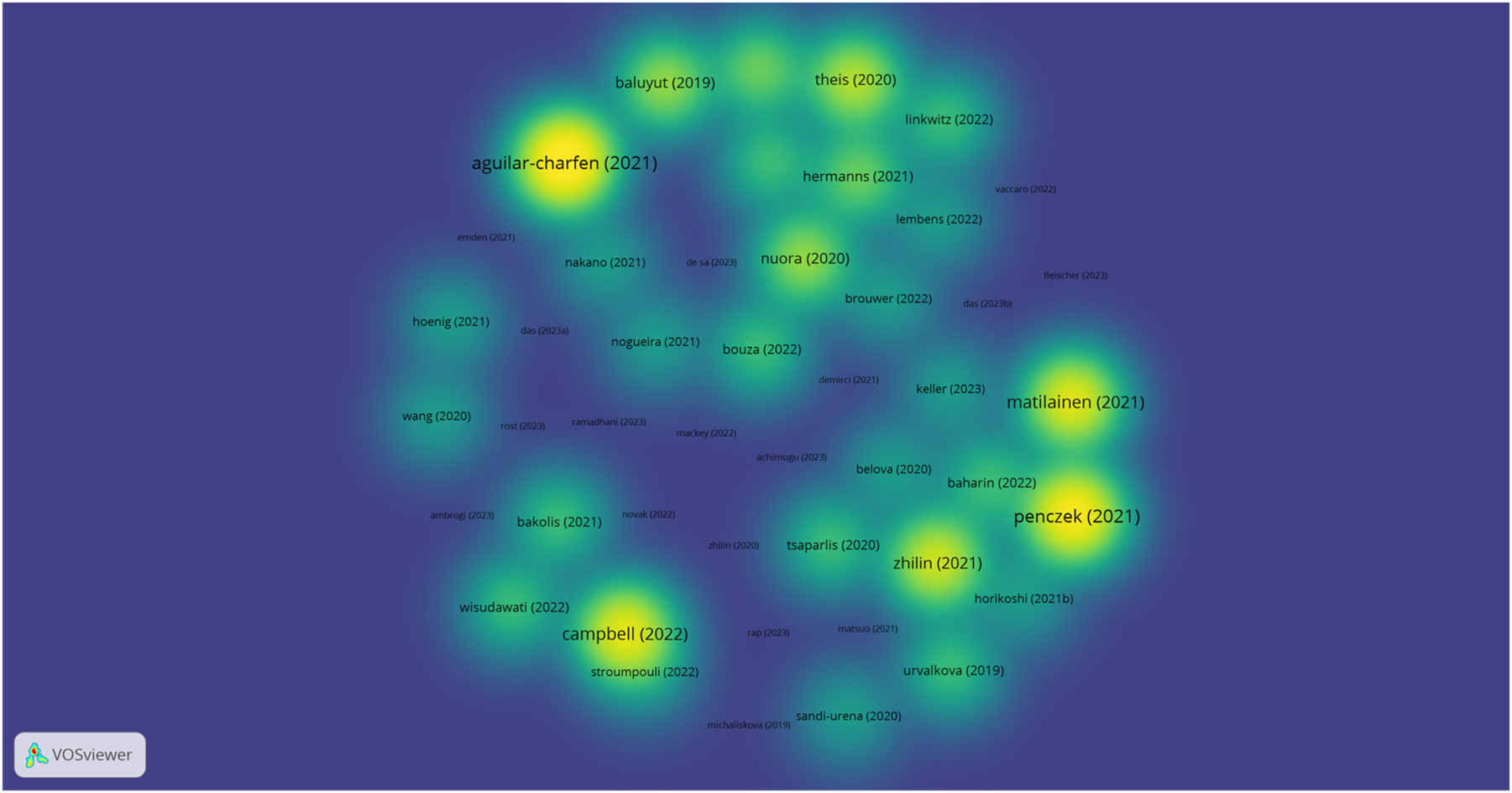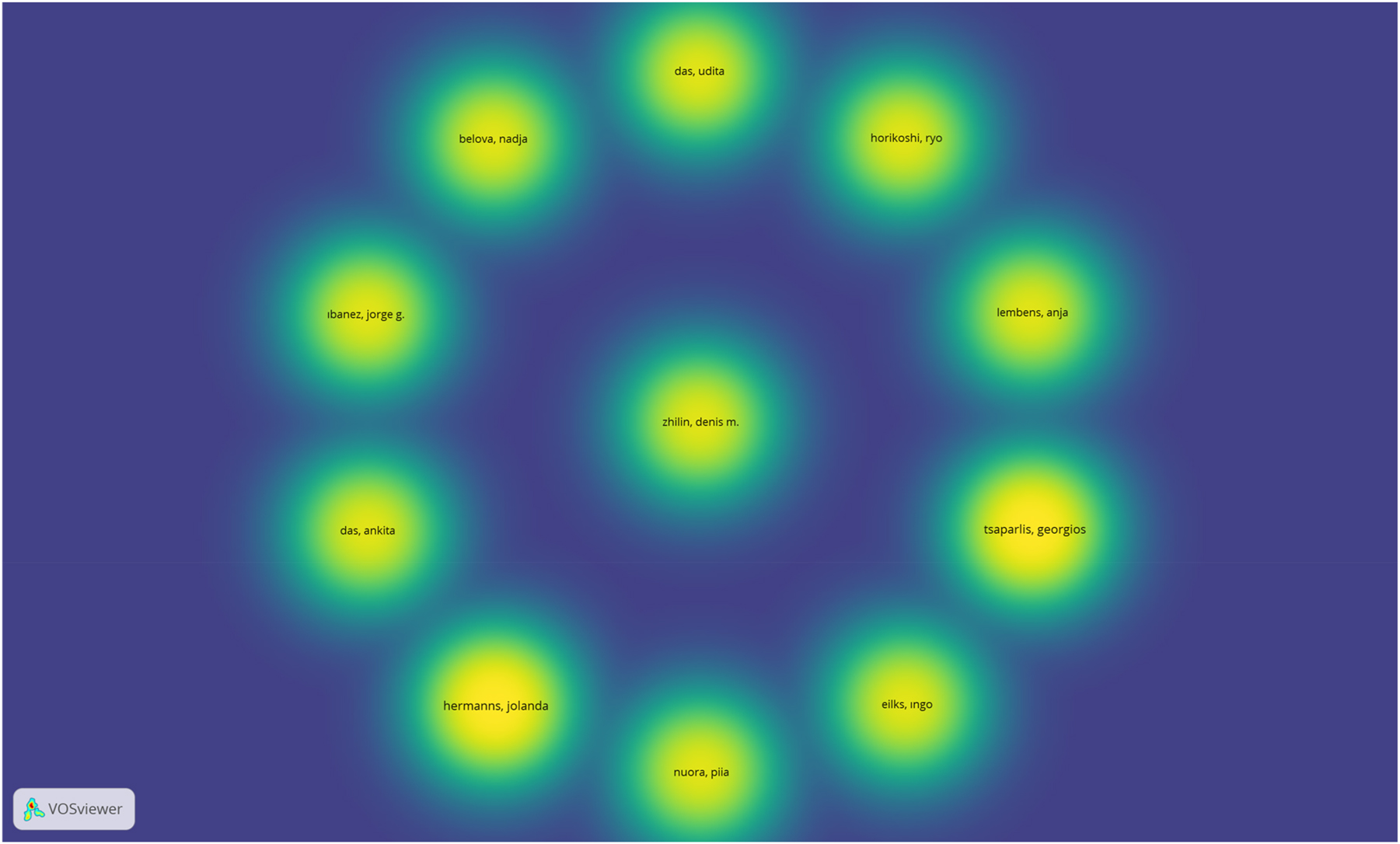Chemistry Teacher International (CTI) is a peer-reviewed open-access journal supported by the Committee on Chemistry Education of IUPAC and the Division of Chemistry Education of EuChemS. The journal aims to be a platform for teachers of all levels, with a focus on researchers in chemistry education. The journal primarily aims to publish good practice reports in chemistry teaching. The idea of such a journal dates back to 2016. Jan Apotheker, who served as an NR for The Netherlands, TM, Secretary, and Chair for CCE, initiated and led the project entitled ‘The Chemistry Teacher International.’ The project was supported by the IUPAC Project Committee and resulted in the launch of the open-access journal in June 2019. Jan Apotheker not only led the project but also kindly took on the role of editor-in-chief to establish CTI. The journal’s readership includes chemistry teachers and students from all fields, as well as researchers in chemistry education. The three primary objectives of CTI are: bridging the gap between research and education, creating a platform for all IUPAC and EuChemS activities in the field of education, and building an international journal not linked to a specific area or nation.
The Committee of Chemistry Education [CCE] of the International Union of Pure and Applied Chemistry [IUPAC] seeks to coordinate the educational interests of IUPAC bodies with activities worldwide. One of the main objectives of the CCE is to establish collaborative relationships with groups within and outside IUPAC. As part of this main objective, the IUPAC CCE collaborates with several organizations, including the European Chemical Society [EuChemS] Division of Chemical Education [Div Chem Ed], the Federation of African Societies of Chemistry [FASC], the Federation of Asian Chemical Societies [FACS] and the Network of Inter-Asian Chemistry Educators [NICE], a special interest group of chemistry educators from the Asia-Pacific countries. The above-mentioned organizations support chemistry education in a variety of ways all over the world. They organize outreach education activities, workshops, symposia, conferences and biennial congresses in chemistry education.
CTI is considered as a venue to bring good practices around the world to the attention of practitioners. Therefore, the organizers of the International Conference of Chemistry Education [ICCE], European Conference of Research in Chemical Education [ECRICE], African Conference of Research in Chemical Education [ACRICE], Network of Inter-Asian Chemistry Educators Conference [NICE] are encouraged to sponsor a special issue of CTI to publish selected good practice reports. Good practice reports are aimed to report syntheses of practices in a compact form based on key ideas, concepts or cases and innovative approaches used in teaching and learning chemistry by connecting them with relevant literature. CTI is also open to full research papers which report recent developments in chemistry education research as well as review studies synthesizing the recent developments in chemistry education research.
Since the publication of the first issue in June 2019, CTI has grown significantly. In the first two years, the journal published two issues per annum, increasing to four issues by volume 3, 2021. The number of papers was around 20 at the beginning, increasing to more than 50 in volume 5. The journal has managed to establish a broad international author base and readership and maintains a pipeline of highly topical special issues. So far, the journal has published the work of authors from 33 different countries with the most commonly published authors coming from Germany, Indonesia, Austria, Greece, Japan, and the USA. The content of the papers published shows great variability in chemistry education. The most commonly used keywords are shown below in Figure 1.

The most frequently used keywords in papers published in CTI (2019–2023).
Citations are on the rise, and the journal has been indexed in key databases, including SCOPUS and the Emerging Sources Citation Index (ESCI). Its first Impact Factor [IF] is 1.5, according to the Clarivate Web of Science release in June 2023. The below figures below show the most cited papers (Figure 2) and mostly cited authors (Figure 3) published in CTI thus far.

The mostly cited papers published in CTI (2019–2023).

The mostly cited authors published in CTI (2019–2023).
As the second editor-in-chief of CTI, I express my appreciation to Jan Apotheker, the founding editor-in-chief, for his effort in establishing CTI and the leading role he played in developing it into the influential journal it is today. Jan has agreed to continue as editor for Europe for the coming years. I am also grateful to Rachel Mamlok-Namaan, the vice-editor-in-chief, for representing the EuChemS division of chemical education. Additionally, I would like to express my gratitude to the following editors for their service to their respective regions: Mei-Hung Chiu for Asia, Iwona Maciejowska for Europe, Marietjie Potgieter for Africa, Alejandra Suárez for Latin America, Ian Butler for North America, and Suzanne Boniface for Australia/New Zealand. I would also like to extend a special thanks to the reviewers who have served CTI thus far. I extend my gratitude to the readers and authors who submitted their valuable works to CTI. Additionally, I would like to thank De Gruyter, the publisher, and the editorial office staff for their professional support in running the journal.
Due to the increase in submissions to CTI, the number of Associate Editors (AEs) representing different continents will increase, and an Editorial Advisory Board (EAB) will be formed. We appreciate the continued support of the CTI community in the future.
© 2024 the author(s), published by De Gruyter, Berlin/Boston
This work is licensed under the Creative Commons Attribution-NonCommercial-NoDerivatives 4.0 International License.
Artikel in diesem Heft
- Frontmatter
- Editorial
- EDITORIAL for Volume 6
- Research Articles
- Virtual undergraduate chemical engineering labs based on density functional theory calculations
- From screen to bench: unpacking the shifts in chemistry learning experiences during the COVID-19 transition
- Good Practice Report
- Learning about Confucian ecological ethics to promote education for sustainable development in Chinese secondary chemistry education
- Research Article
- Interactive instructional teaching method (IITM); contribution towards students’ ability in answering unfamiliar types questions of buffer solution
- Special Issue Paper
- The times of COVID-19 and beyond: how laboratory teaching evolved through the Pandemic
- Research Article
- Development of a self-test for undergraduate chemistry students: how do students solve tasks on basic content knowledge?
- Good Practice Report
- IUPAC International Chemical Identifier (InChI)-related education and training materials through InChI Open Education Resource (OER)
- Everyday referenced use of a digital temperature sensor – how well do alternative ice cubes really cool a drink?
- Editorial
- List of reviewers contributing to volume 5, 2023
Artikel in diesem Heft
- Frontmatter
- Editorial
- EDITORIAL for Volume 6
- Research Articles
- Virtual undergraduate chemical engineering labs based on density functional theory calculations
- From screen to bench: unpacking the shifts in chemistry learning experiences during the COVID-19 transition
- Good Practice Report
- Learning about Confucian ecological ethics to promote education for sustainable development in Chinese secondary chemistry education
- Research Article
- Interactive instructional teaching method (IITM); contribution towards students’ ability in answering unfamiliar types questions of buffer solution
- Special Issue Paper
- The times of COVID-19 and beyond: how laboratory teaching evolved through the Pandemic
- Research Article
- Development of a self-test for undergraduate chemistry students: how do students solve tasks on basic content knowledge?
- Good Practice Report
- IUPAC International Chemical Identifier (InChI)-related education and training materials through InChI Open Education Resource (OER)
- Everyday referenced use of a digital temperature sensor – how well do alternative ice cubes really cool a drink?
- Editorial
- List of reviewers contributing to volume 5, 2023

